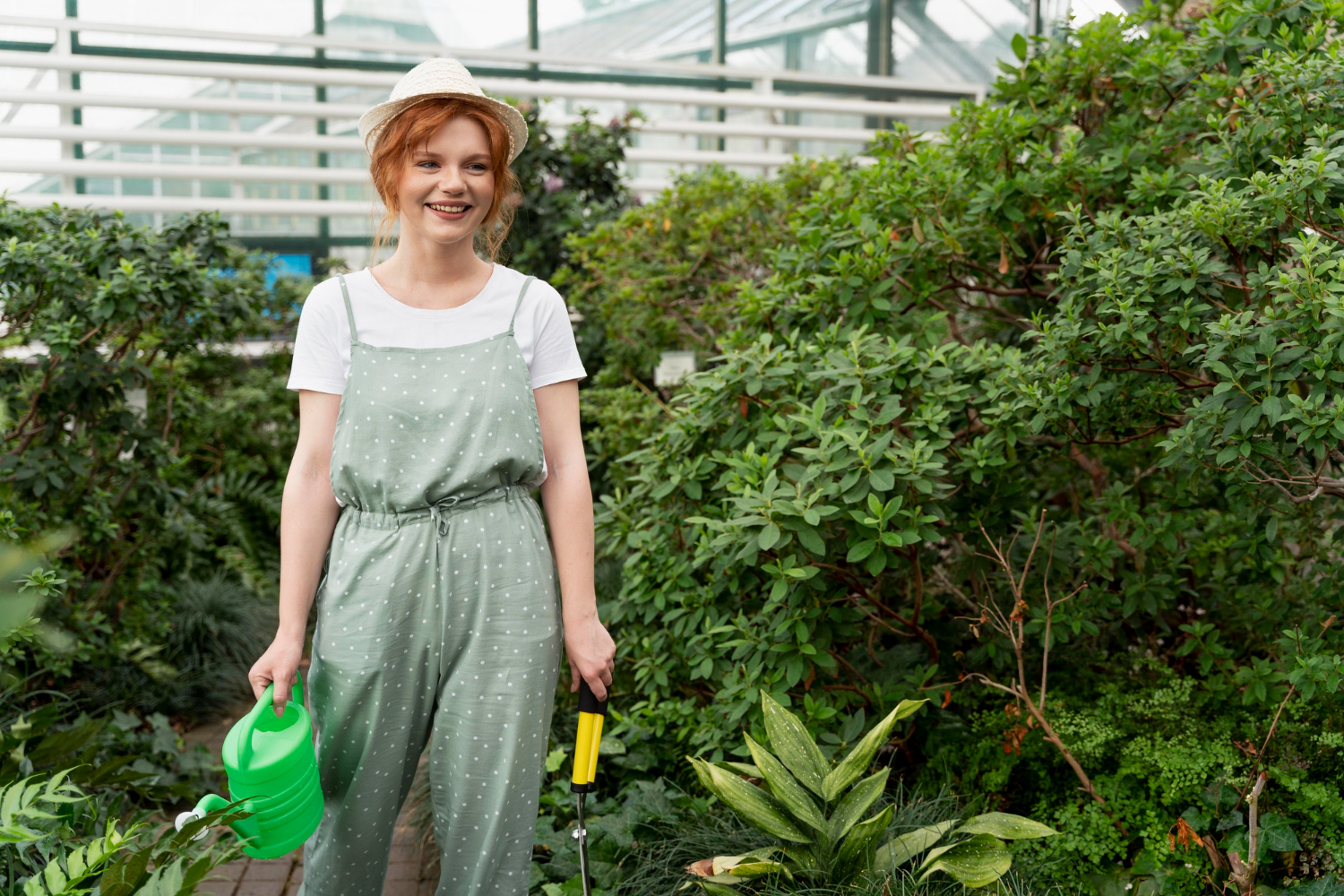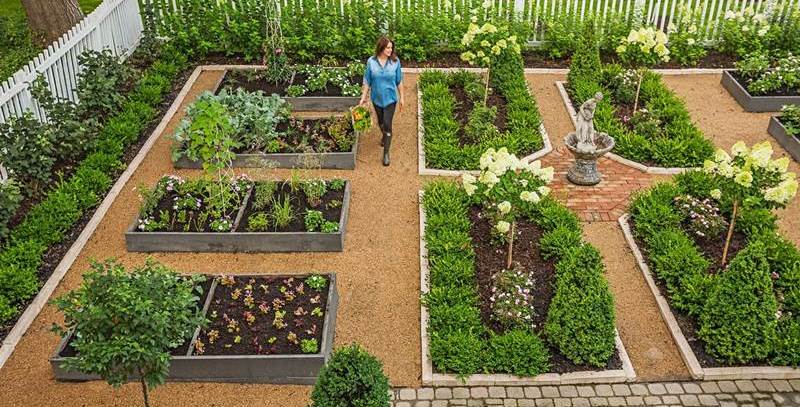Gardening is a year-round hobby that offers different joys and challenges with each changing season. Understanding what to do in spring, summer, autumn, and winter can help you maximize your garden’s potential and keep it healthy throughout the year. Here’s a comprehensive guide to gardening by season:
Spring: The Season of Renewal
1. Preparation and Cleanup
- Clean Up: Start by removing any debris from the garden, such as fallen leaves, dead plants, and sticks. This helps prevent diseases and pests from overwintering.
- Pruning: Trim dead or damaged branches from trees and shrubs. Early spring is also a good time to prune dormant plants.
- Soil Preparation: Test your soil and amend it with compost or well-rotted manure to enhance fertility. Loosen compacted soil to improve aeration.
2. Planting
- Cool-Season Crops: Plant cool-season vegetables such as peas, lettuce, spinach, and radishes. These can withstand the cooler temperatures of early spring.
- Perennials: This is a great time to divide and replant perennials that have become overcrowded. Transplanting in spring allows plants to establish before the heat of summer.
- Annuals: Start annual flowers and herbs indoors or in a greenhouse to give them a head start. Once the danger of frost has passed, you can move them outdoors.
3. Lawn Care
- Aerate: If your lawn is compacted, aerate the soil to improve root growth.
- Fertilize: Apply a balanced fertilizer to encourage healthy growth.
- Reseed: Patch up bare spots by reseeding or laying sod.
Summer: The Season of Growth
1. Maintenance
- Watering: Ensure consistent watering, especially during hot spells. Water deeply but less frequently to encourage deep root growth. Early morning is the best time to water to reduce evaporation and prevent disease.
- Weeding: Keep weeds under control as they compete with your plants for nutrients and water.
- Mulching: Apply mulch around plants to retain soil moisture, regulate temperature, and suppress weeds.
2. Pest and Disease Management
- Monitor: Keep an eye out for pests and diseases. Use organic or chemical treatments as necessary, but always follow guidelines to minimize harm to beneficial insects and the environment.
- Pruning: Remove any diseased or damaged parts of plants to prevent the spread of illness.
3. Harvesting
- Vegetables and Herbs: Harvest your produce regularly to encourage continued growth. Many vegetables, like tomatoes and cucumbers, benefit from frequent picking.
- Flowers: Deadhead flowers to promote more blooms. Cut flowers for indoor arrangements or to encourage new growth.
Autumn: The Season of Preparation
1. Garden Cleanup

- Remove Debris: Clear fallen leaves, old crops, and any diseased plant material. This helps prevent overwintering pests and diseases.
- Compost: Add garden waste to your compost pile to create rich soil for the next season.
2. Planting
- Cool-Season Vegetables: Plant cool-season crops like kale, Brussels sprouts, and garlic for a winter or early spring harvest.
- Bulbs: Plant spring-flowering bulbs, such as tulips, daffodils, and hyacinths, in the fall for a burst of color next spring.
3. Lawn Care
- Fertilize: Apply a fall fertilizer to strengthen roots and prepare the lawn for winter.
- Rake: Keep the lawn clear of leaves to prevent mold and ensure proper growth in the spring.
4. Winterizing
- Protect Plants: Mulch around perennials and tender plants to protect them from extreme cold. Consider using row covers or cloches for additional protection.
- Drain and Store Tools: Drain hoses and store garden tools properly to extend their lifespan.
Winter: The Season of Rest
1. Planning and Preparation
- Plan: Use the downtime to plan your garden for the upcoming year. Research new plants, design layouts, and order seeds.
- Organize: Clean and sharpen gardening tools. Store them in a dry, sheltered place.
2. Indoor Gardening
- Houseplants: Care for indoor plants by adjusting watering schedules and ensuring they receive adequate light.
- Indoor Seeds: Start seeds indoors for early spring planting. This includes herbs and vegetables that need a head start.
3. Garden Maintenance
- Check for Problems: Inspect garden structures, such as fences and trellises, for damage. Repair as necessary to prepare for the spring season.
Gardening through the seasons involves a cycle of preparation, maintenance, and renewal. By following seasonal guidelines, you can ensure a thriving garden year-round, providing beauty, productivity, and relaxation in every season. Happy gardening!




‟This was very much needed advice, thanks for sharing your wisdom.”
Affan Burns
Author
‟This article really touched me, thanks for writing it.”
Katrina Anthony
Author